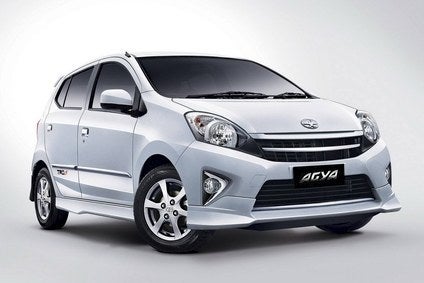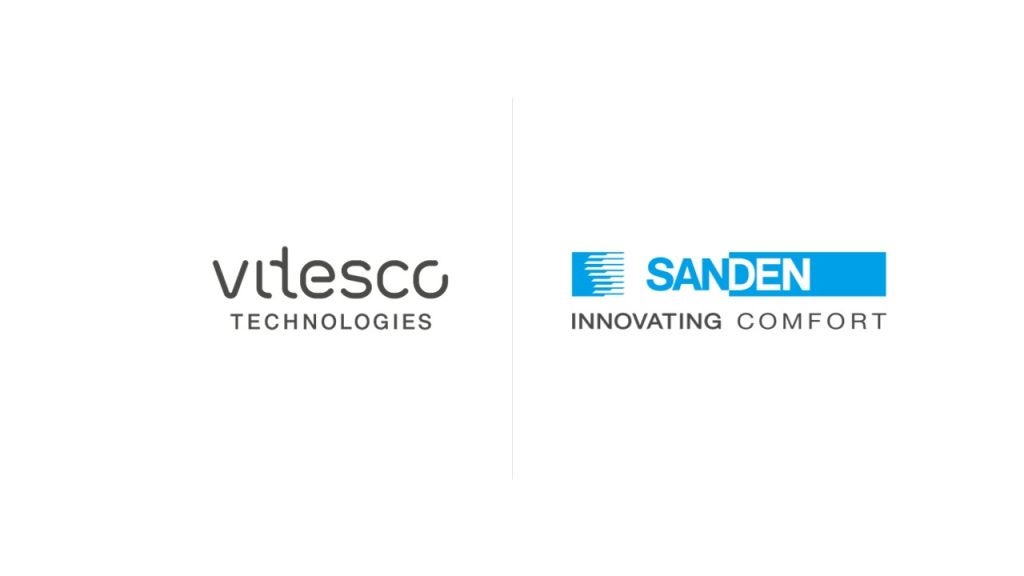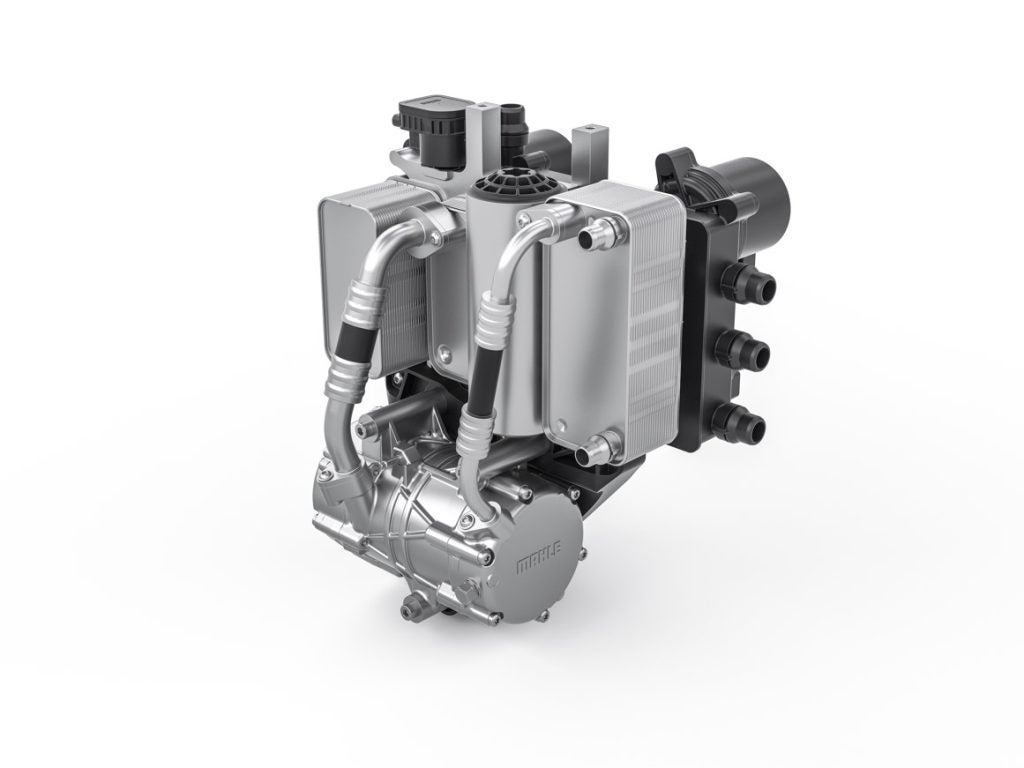
In this month’s management briefing we take a look at selected emerging markets “beyond the BRICs”. In this instalment, we take a look at Indonesia, south-east Asia’s sleeping giant.
Overview
Indonesia is, in many ways, the classic emerging market. Firstly, the world’s fourth most populous country has a big population – approaching 250m people – and low average incomes, which means there is plenty of scope for consumption growth. Second, the economy is at the developmental stage where domestic demand is growing strongly in urban areas – most notably in the Jakarta area – where an urban ‘middle-class’ with real spending power is emerging.
Over the past decade, annual GDP growth has consistently been above 6%. Estimates of gross national income per head in Indonesia show that it doubled during the last decade and is now approaching $4,000. The proportion of the population living in poverty has fallen from 24% in 1999 to 12% in 2012. McKinsey has predicted that the country’s consuming class of people earning more than $3,600 annually will treble to 135m by 2030. Those kinds of numbers have prompted a wave of investment from foreign companies.
However, Indonesia is also subject to volatility in sentiment that can result in big movements to its exchange rate. If investors globally are taking a down view on emerging market prospects, Indonesia will usually be in the mix. Indonesia’s central bank was forced to raise interest rates five times between May and November of last year when Indonesia’s rupiah lost almost 20% of its value against the US dollar as investors pulled their money out of the country (and other emerging market economies) in response to actions by the US authorities to ratchet down ‘quantitative easing’ and worries over the end of an era of cheap money across the world.
Such concerns are reinforced by a look at history (the Asian financial crisis of the late 1990s) and a fear that some emerging market economies continue to lack sound public finances and good governance (with corruption an on-going problem). It has a balance of payments current-account deficit that widened to a record $10bn or 4.4% of GDP, last summer. And infrastructure spending is notoriously low, threatening to create bottlenecks that will constrain economic growth in the future (Jakarta already has a well deserved reputation for epic traffic jams). Logistics costs are relatively high in Indonesia due to the country’s island geography and poor transport infrastructure. Reliable power supply can also be an issue.
How well do you really know your competitors?
Access the most comprehensive Company Profiles on the market, powered by GlobalData. Save hours of research. Gain competitive edge.

Thank you!
Your download email will arrive shortly
Not ready to buy yet? Download a free sample
We are confident about the unique quality of our Company Profiles. However, we want you to make the most beneficial decision for your business, so we offer a free sample that you can download by submitting the below form
By GlobalDataAll of that said, some of the worst fears expressed over Indonesia’s prospects over the past decade have failed to materialise. It has shown a degree of resilience and attracted growing Foreign Direct Investment (FDI) from multi-nationals eyeing a relatively high-growth economy with very positive long-term prospects. That has continued to be the case in the auto industry too, as Indonesia has begun to look more attractive as an investment location from an ASEAN regional perspective. In 2015 ASEAN already liberalised trading regime is scheduled to be transformed into the ASEAN Economic Community (AEC), a ten-country common market. Industrial sourcing and location decisions are becoming more dynamic. Indonesia’s vehicle market is set to eclipse Thailand’s as ASEAN’s largest this year. Indeed, Thailand’s latest difficulties may also encourage auto industry investors to steer more investment Indonesia’s way. Indonesia also has its Low-Cost Green Car initiative (LCGC), which is helping to attract foreign investment into Indonesia’s automotive sector.
Indonesia – latest trends
Full-year sales in 2013 were 10.2% higher than the previous year at a record 1,229,901 units, from 1,116,230 units in 2012, driven by strong demand for passenger vehicles and helped in part by the introduction of low-cost green cars (LCGCs) in the last four months of the year. The LCGC scheme mirrors Thailand’s Eco-Cars scheme and is similarly designed to encourage inward investment in Indonesia’s automotive sector.
LCGC cars have a price tag of less than IDR100m (around $,8,800) and are fitted with 1.0-1.2L engines. Under the LCGC scheme (introduced in September 2013), the Indonesian government has been offering tax incentives to producers that meet the requirements of fuel efficiency targets. The Indonesian government aims to turn Indonesia into a regional hub for LCGCs ahead of the start of the ASEAN Economic Community in 2015, which will turn ASEAN into a single market and production base. Indonesia’s government also hopes that encouraging more efficient cars in Indonesia will help the country’s balance of payments.
The country’s economy so far has managed to shrug off the huge 20% drop in the value of the local currency against the US dollar last year. GDP growth is estimated to have expanded by 5.6% in 2013, with fourth quarter growth estimated at around 5.4%.
Policies implemented since last August aimed at easing the current account deficit have begun to stabilize the domestic currency and other financial markets.
Inflation shot up to an average of around 8-9% in the second half of last year, triggered by cuts in government fuel subsidies last June. Several interest rate hikes followed shortly after, with the Bank Indonesia benchmark rate now at 7.5%, from a historic low of 5.75% this time last year.
These negative factors so far have had limited impact on domestic consumption, with government spending, the construction sector and consumer spending continuing to grow strongly. The main drag on the economy remains the weak export sector, low commodity prices and slowing growth in fixed investment.
Strong start to the year
Growth in vehicle sales is expected to slow significantly this year, with many predicting flat sales at best in 2014. However, Indonesia’s new vehicle market expanded by close to 11% to 328,354 units in the first quarter of 2014, from 295,992 units in the same period of last year, reflecting continued strong domestic economic growth and buoyant consumer and business sentiment.
Sales of new entry-level LCGC models will help underpin overall demand in 2014, by helping to improve car affordability and encouraging people making the transition from two-wheeled vehicles.
Economic growth is estimated to have remained stable at 5.8% year-on-year in the first quarter, helped by general election spending and a moderate recovery in exports. Capital inflows increased slightly to USD 5.8 billion in the first quarter, however, and the lack of a clear winner in the April 9 general election is creating lingering uncertainty for investors.
The first-quarter’s vehicle market growth followed of a series benchmark interest rate hikes by the Bank of Indonesia last year, totalling of 150 basis points to 7.25%, and the introduction stricter lending rules. Inevitably, these measures have put additional pressure on household budgets.
The launch late last year of several cheap small cars under the government’s LCGC programme, such as the Toyota Agya and Daihatsu Ayla, helped to support the overall vehicle market in the first quarter.
Sales of LCGCs amounted to just under 44,000 units in the first quarter – or some 18% of total light passenger vehicles. Sales of other light passenger vehicles fell by 7.2% to 193,541 units in the same period, while sales of trucks and buses were 3.9% higher at 90,390 units.
Inflation is expected to ease from the third quarter of this year, while stronger inward investment growth and higher exports will help improve the country’s current account. Bank Indonesia may respond with interest rate cuts, which would help underpin the vehicle market in the second half of the year.
The Low-Cost Green Car (LCGC) push
Toyota and Daihatsu dominate the Indonesian light vehicle market. They control more than half of the market and keep a tight grip on the local dealership network through their partnership with local assembler/distributor PT Astra International. The two car brands are also at the forefront of the introduction of LCGC models in Indonesia. The two showed the Daihatsu Ayla and the Toyota Agya – their respective five-seater LCGCs – at 2012’s Jakarta Motor Show and have set about putting capacity in place with PT Astra. Astra Daihatsu Motor completed construction of a new purpose-built, 130,000-unit/year plant in Karawang – some 70km east of Jakarta – at the end of 2012, designed to produce both the Agya and Ayla models. The plant cost IDR 2.1 trillion (US$220m at the time) to build and features full stamping, welding and painting facilities as well as a 1km test track. The two companies also completed their respective engine assembly plants in the third quarter of 2013.
Other manufacturers are taking an interest in the segment. General Motors and Volkswagen are both in the process of devising model/manufacturing plans for the Indonesian market that will also fit their wider Asian sales and sourcing strategies. Current players in the LCGC space are Toyota, Daihatsu, Honda, Datsun (Nissan) and Suzuki.
PT Astra International is eyeing LCGC assembly volume of 10,000 units a month at its manufacturing facilities in Cikarang, West Java. Indonesia’s rapidly developing cities such as Medan and Makassar are considered to offer very positive demand prospects even as Jakarta suffers from increasing problems of road congestion.
Currently, six LCGC models are sold on the Indonesian market, with several more models expected in 2014. Current models:
-
Astra Toyota Agya
-
Astra Daihatsu Ayla
-
Honda Brio Satya
-
Datsun GO+
-
Datsun GO
-
Suzuki Karimun Wagon R.
As well as the domestic market, Toyota and Daihatsu are already positioning for export growth from Indonesia to other markets in the ASEAN trade bloc. The two have announced the start of exports of a compact car based on the Toyota “Agya” from Indonesia to the Philippines. The Agya-based compact car, produced by Daihatsu’s Indonesian subsidiary, PT Astra Daihatsu Motor (ADM), will be sold in the Philippines under the Toyota brand by Toyota Motor Philippines Corporation (TMP). Initial export volume is planned at approximately 500 units a month.
Other OEMs are also adding Indonesian production capacity. Nissan opened its second manufacturing facility in Purwakarta in May. The plant will make Datsun LCGC models. Suzuki is also adding capacity with a new factory scheduled for completion this year that will assemble the Wagon R for ASEAN markets. This will increase Suzuki’s annual production capacity in Indonesia from 150,000 cars to 200,000 cars, with further expansion a possibility some time in the future.
The LCHC scheme is also leading to increased investment in the parts sector as manufacturers commit to raising locally sourced content. Honda has said that its Brio Satya will reach 85% local content within two years. It is also looking to increase agreements with local suppliers. Tier 1 suppliers are looking closely at Indonesia as a supply base given the development of the local vehicle manufacturing sector and free trade in the ASEAN region. Bosch, for example, is building its first plant in Indonesia to produce engine components by the end of 2014. The company is spending EUR10m on the project, its sixth plant in the region.
Light vehicle market heading for 2m
Analysts say that Indonesia’s population and economic growth projections – allied to the focus on smaller and more affordable cars – point to market growth over the next four years. “There is plenty of demand potential in the big population centres,” says LMC Automotive analyst Pete Kelly. “There are some risks, but the economic situation looks very positive overall. Low-Cost Green Cars are set to be a focal point for future vehicle production growth (approaching 300,000 units a year by 2017 versus around 150,000 units this year). Indonesia’s light vehicle market should also be approaching 2m units a year by then, according to LMC. That will provide the ideal backdrop for higher output, too, with exports also figuring more strongly in the freed up ASEAN region. The main question is to what extent investment in much-needed Indonesian infrastructure will happen, to lift the economy and reassure investors that economic development is sustainable. That strategic element – and what it would say about Indonesia’s government – could determine whether Indonesia’s auto sector comes out at the top-end or low-end of expectations or not.
| Indonesia at a glance | |
| Population in 2011 (estimated, millions) | 242.3 |
| Population density in 2011 (per square kilometre) | 126.8 |
| Capital city and population in 2011 (millions) | Jakarta (9.8) |
| GDP per capita (current US$, 2011) | 3395 |
| Currency | Rupiah (IDR) |
| Telephone subscribers, total (per 100 inhabitants, 2011) | 113.7 |
| Internet users (per 100 inhabitants, 2011) | 18 |
| Vehicle market (millions, 2013) | 1.22 |
| Source: UN, just-auto |





